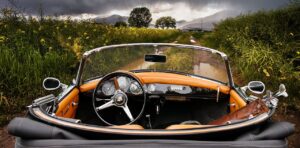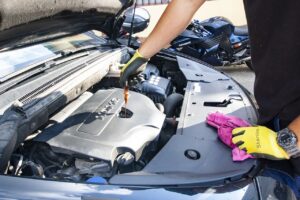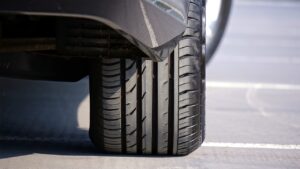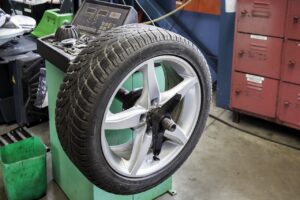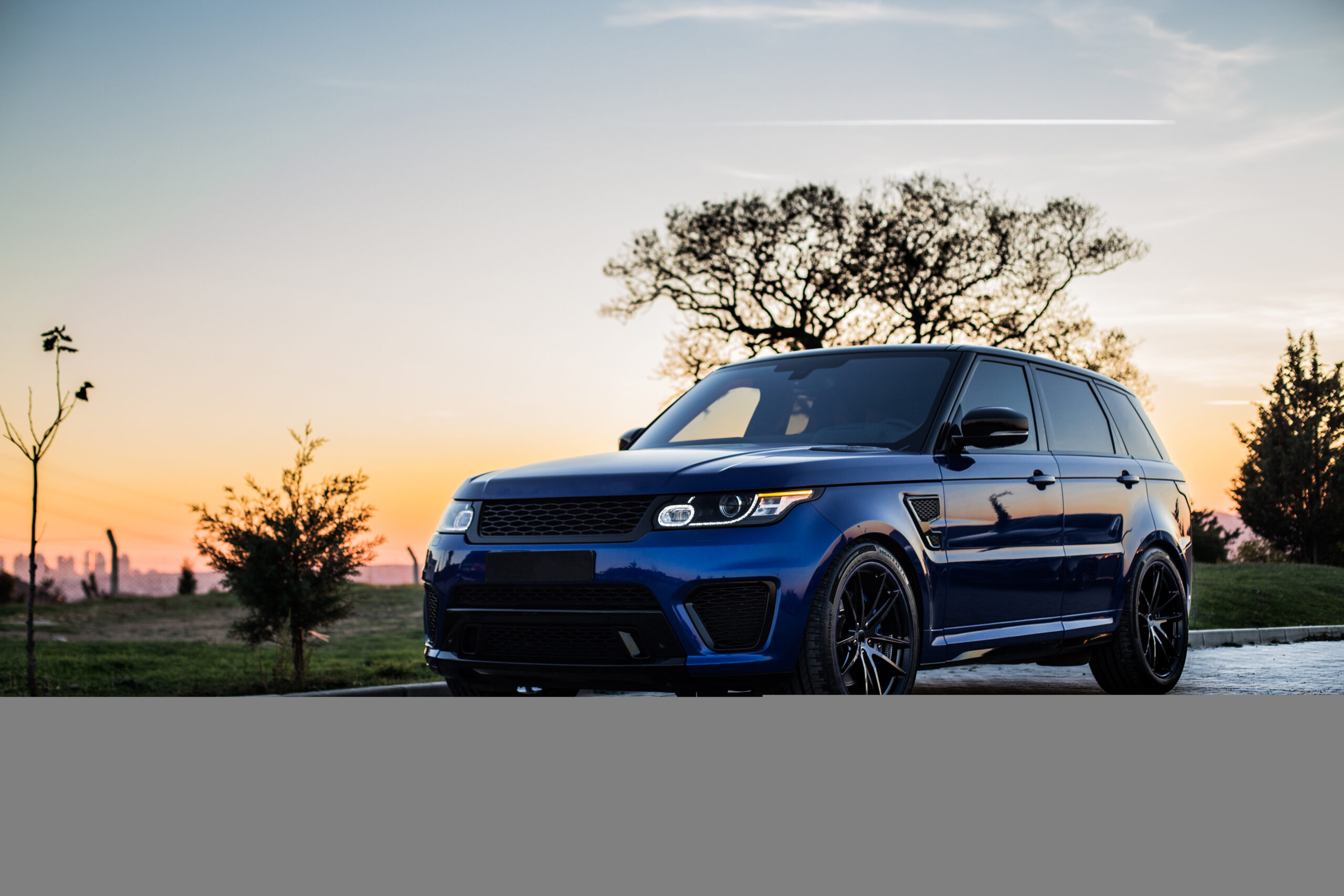
Whether it’s an old car, a vintage car or a motorhome, your cars also need to be pampered, even if they sleep in your garage. Indeed, your vehicle wears out over time, even if it is not used! Before stopping your vehicle, it is therefore important to carry out certain checks and manipulations that will allow you to find it in good condition after this immobilization.
Before immobilization
Do not leave your car outside: the first question to ask is: where will you park your car during this period? It is highly recommended to leave your vehicle indoors, away from dust and, in winter, snow, rain and cold. Preferably, park your car in a heated garage and not too wet. If you do not have a garage at your disposal, cover your car with a cover. In summer, this will protect your car from the sun, which tends to damage joints and tarnish colors. Throughout the year, it will prevent corrosion caused by moisture and air pollution.
Here is the video can explain it :
Clean your car: Car Cleaning Once you have found the place where you will park your car, you will first have to clean it. It is very important to start by washing and drying the body, especially in case you plan to cover your car with a protective cover. Indeed, if the body of your vehicle is covered with dust and other dirt, the installation of a cover could scratch the paint. Also remember to clean your rims. If possible, apply an anti-rust product on your rims as well as on other parts not covered with paint.
Fill the fuel tank and check your brake and cooling fluids
If you leave the fuel tank empty for the duration of the immobilization, dust and other particles will settle to the bottom and may form a mud-like layer inside the tank. When you want to restart your vehicle, the engine will draw from this layer of mud and will be quickly damaged. However, it is not useful to fill your gas tank to the maximum, on the contrary. Gasoline loses in quality over time, so it’s better to fill your tank half when your vehicle is not driving, and then top it up before you hit the road. This will allow the «recent» gasoline to mix with the one that was already present in the tank, thus enhancing the qualities of the latter. It should also be noted that condensation may appear on the walls of the tank that are not in contact with gasoline. To avoid this phenomenon, we strongly recommend that you fill your tank half full with premium fuel.
Brake liquidity is recommended to replace your brake and cooling fluids with new liquid. Provide coolant four seasons, which is resistant to both frost and corrosion. Conversely, the antifreeze present in the coolant for the winter causes corrosion risks.
